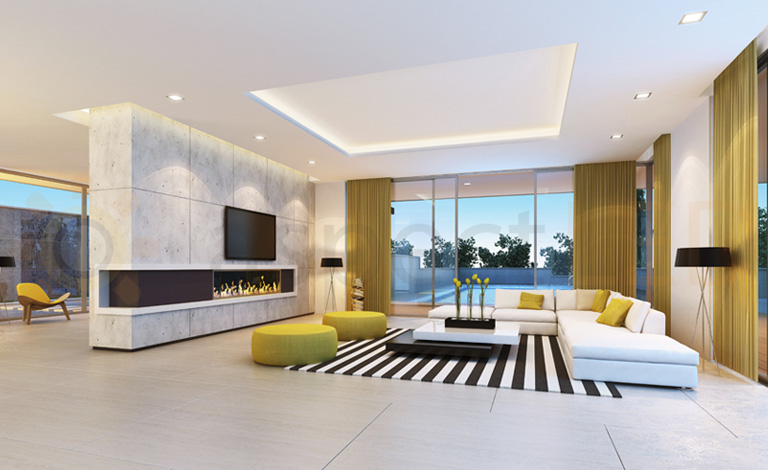Besides the architectural design of the residential building or house you’re to live in, lighting is the other important aspect to think about. Think of lighting as the element that gives your home the appeal you’re opting for when you spend money, time and effort to design the space. Because believe it or not, everything looks better under the proper lighting. In addition to being a very important feature, the entire concept of lighting is also supposed to be energy-effective, or in other words, to be the type that promotes energy savings in the household.
This refers to the entire lighting system of a home: the technologies used, the lighting design, the user behaviour. All these aspects do make a difference in the entire plan for cutting costs from the family budget. This is where it’s important to look for a cost-effective way of illuminating your home and yet yield all the goodness you expect from the configuration. Introducing – residential LED light fixtures.
Among the many fixtures you can install in your home, according to me, residential LED light fixtures are probably the best ones I’ve tried so far. They come with a custom made heat sink, very slim and good-looking body, and an extra wide trim and a fully approved IC rating. As LEDs are known to have a long lifespan as these fixtures can last up to 30000 hours on average, without having to change them.
Another great feature of the residential LED light fixtures is that they come in a rather wide range of colours, which are mainly brilliant and saturated. You can also find them in a completely white colour, if that’s what you’re looking for. Now, most LEDs in colour are generally in red, green or blue, and by manipulating with these nuances you can easily get other shades, as well as reach the dimmed lights effect. Here it’s important to mention that LEDs don’t produce as much total amount of lumens due to the combination of high efficiency and small power use. For example: a LED of one watt with the efficiency of 30lm/W would produce about 30 lumens of brightness, as opposed to the incandescent bulb of 60W and efficiency of 20lm/W which would produce about 1200 lumens.
The best thing about LEDs is that they’re very environmentally-friendly. These fixtures don’t contain mercury, and are often used as replacements to the lead-containing solders. So, besides having a cost-efficient source of light, you’d also be helping preserve the environment.
In conclusion, as you can see, it’s perfectly possible to have your home illuminated with in a cost and energy-effective way. Add to that a proper window layout and effective ways for daylight to enter your space, and you will have a perfectly illuminated home all day long.











